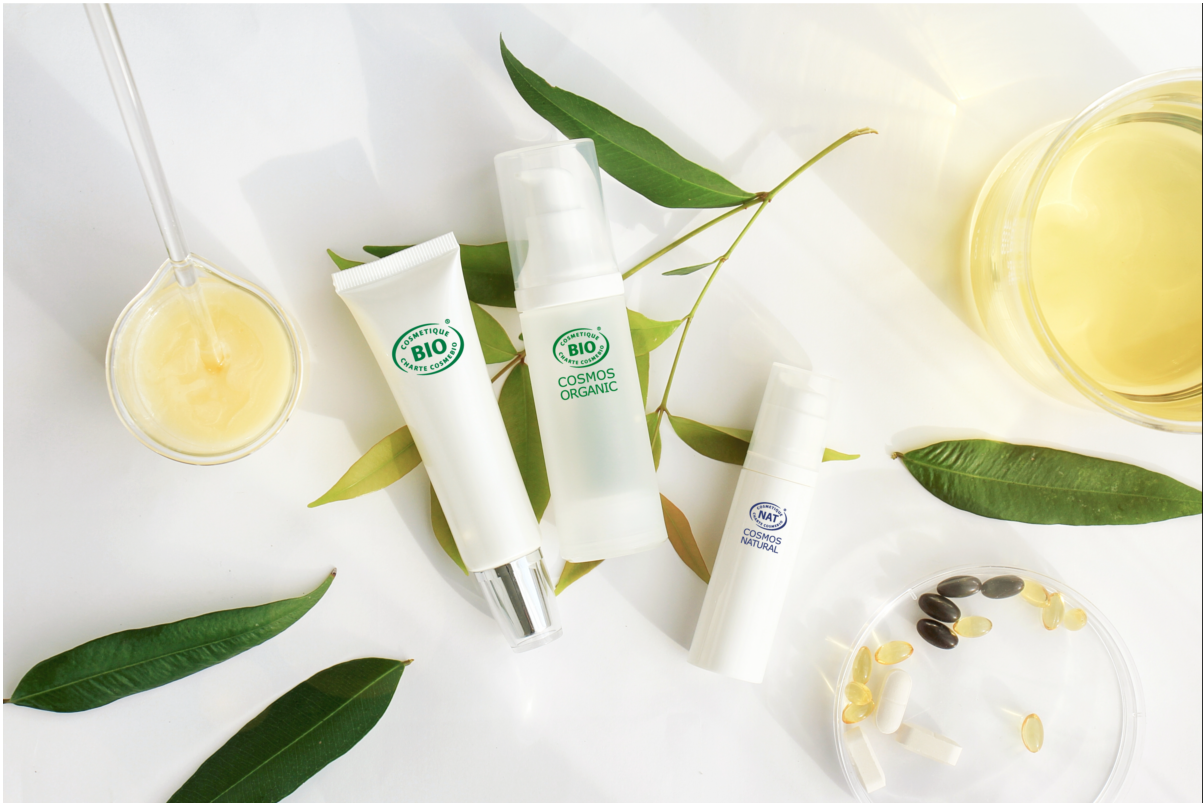
Clean Beauty or Greenwashing?
valérie demarsThe “Clean Beauty” Claim: Gateway to Greenwashing?
Cosmebio informs us about the origin of the “Clean Beauty” claim
Clean adj. inv.: which is clean, neat
This term appeared on the French market a few years ago. Its origins, however, come from the United States; it is a new marketing method that promotes cosmetics that claim to have a so-called "clean" composition.
“Clean Beauty” was used by brands that wanted to offer products with more natural ingredients and fewer unnecessary, even harmful, ingredients.
This approach, which is noble in itself, owes much to the American regulatory context. In the United States, only about ten molecules are banned according to American regulations, while in Europe we have more than 1,300. Clean beauty was therefore born as a response to this lack of regulation.
Despite the existence of very strict European regulations and a strong organic label, "Clean Beauty" has nevertheless found its place on the French market. A market which, we remind you, already benefits from our Organic label whose requirements are much stricter and more precise than the commitments of certain non-certified brands that claim to be Clean Beauty.
The noble promises of clean beauty run out of steam as soon as they seek to deceive the consumer through storytelling without providing proof of their real commitments.
Since the use of the term "Clean Beauty" is not regulated, it can be used for all brands: those that offer cosmetics based on petrochemical ingredients, those that offer cosmetics based on ingredients of natural origin but not certified (therefore with a lack of traceability of its raw materials) and those that are truly certified organic.
A claim without control or certification
The lack of an official definition or specification for Clean Beauty keeps the commitment of brands that claim to be part of this movement unclear, which in fact remains very open. For them, "Clean Beauty" is an easy answer to the consumer's demand for reassurance.
Indeed, many abuses are hidden behind this terminology:
First example: A brand that claims to be "Clean Skin Care" in its slogan markets a product containing a large number of synthetic ingredients but also harmful ingredients prohibited by our COSMOS standard: Carbomer (suspected of being carcinogenic), Phenoxyethanol (irritant, suspected of being toxic to the liver and blood, highly polluting manufacturing process), Sodium Hydroxymethylglycinate (formaldehyde releaser).
The second case we want to highlight: A brand that displays a “Clean Beauty” label and claims to be “Clean Certified” uses Sodium Cocoyl Isethionate (SCI) in its products.
This is an ingredient that is notably prohibited by the COSMOS standard because of its highly polluting manufacturing process involving heavy chemistry. It seems contradictory to us to say that a product is "clean" when it contributes to environmental pollution and harms the health of workers.
Clean Beauty should not be confused with “certification” and even less with “organic”
All certified organic cosmetics (i.e., those labeled Cosmébio) are "clean," but not all cosmetics that claim to be "clean" are certified organic. The lack of control mentioned above has created a market with many "free-from" claims and "blacklists." How can consumers navigate this?
Moreover, if a brand can claim that its ingredients are of natural origin without certification, how can the consumer be sure that, for example, the "ASCORBYL PALMITATE" mentioned in its lNCl list is not of synthetic or animal origin?
What bothers us about the terminology "Clean Beauty" is that it serves to replace stricter claims such as "Natural cosmetics" and "Organic cosmetics" which are claims subject to regulation n°655/2013 and controlled by the DGCCRF*.
Conclusion
Since its arrival in France, “Clean Beauty” has captured the attention of consumers with a simple message, sometimes to the detriment of certification and “real” organic cosmetics.
With this stance, we wish to remind consumers that only natural and organic certification provides a real guarantee of the composition of cosmetics. Moreover, only labels such as Cosmébio are recognized as "excellent" by ADEME. We therefore invite consumers to learn about the real motivations of brands that claim to be clean beauty. In the absence of certification, we will sometimes discover a paradoxical reality.
So, we clearly state that "storytelling" contributes to the marketing approach of brands but that only the Cosmébio label and the COSMOS standard today provide a real guarantee to the consumer in terms of product composition and the safety of formulas.
To choose good cosmetics: "Clean" is good! But organic is better!
SOURCES:
1 https://www.fda.gov/cosmetics/cosmetics-laws-regulations/prohibited-restricted-ingredients-cosmetics
2 https://www.economie.gouv.fr/files/files/directions_services/cge/filiere-parfums-cosmetiques.pdf?v=1648227721

